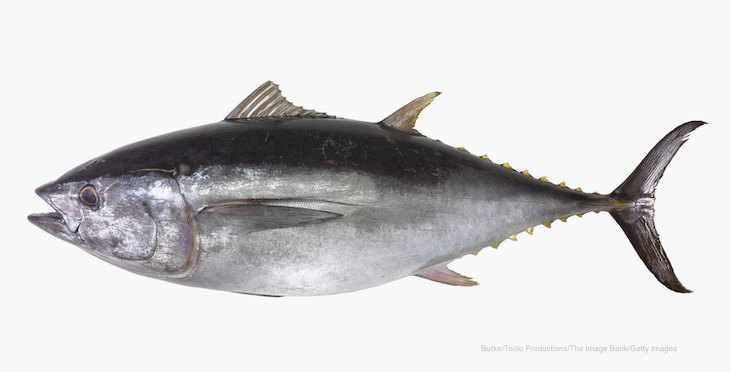The FDA has issued a final compliance policy guide (CPG) for preventing Scombrotoxin in fish. The adulteration of fish and fishery products with histamines can cause Scombrotoxin poisoning in humans.

Histamine production can occur in fish as the flesh begins to decompose after death. The CPG will help the FDA address adulteration during surveillance sampling and testing and will increase consumer protection by lowering the levels of histamine in fish.
In some species of fish, such as tuna and mahi-mahi, the muscle tissue can cause histamines to form because of the activity of enzymes produced by spoilage bacteria. Unless fish are quickly and properly chilled after the catch, histamines can accumulate. Once they are formed, these histamines cannot be removed by washing, freezing, or cooking.
Fishermen can easily control and mitigate histamine levels by using basic good hygiene, such as rapidly chilling fish and maintaining the appropriate time and temperature controls. Properly harvested and handled fish have little to no detectable histamine.
Scombrotoxin fish poisoning causes the highest number of illnesses that are associated with finfish in the United States. Symptoms of this poisoning include tingling or burning in or around the mouth or throat, a rash or hives on the upper body, a drop in blood pressure, headache, dizziness, itching, nausea, vomiting, diarrhea, asthma-like symptoms, heart palpitations, and respiratory distress.
The FDA believes that lowering the histamine criteria from 2 or more sample units at 50 ppm or greater to 1 or more samples at 35 ppm or greater is appropriate. Histamine levels at the higher level indicates significant decomposition and mishandling.
This is the most substantial update on this issue in almost 20 years. The final CPG published supports the agency’s public health goal.




